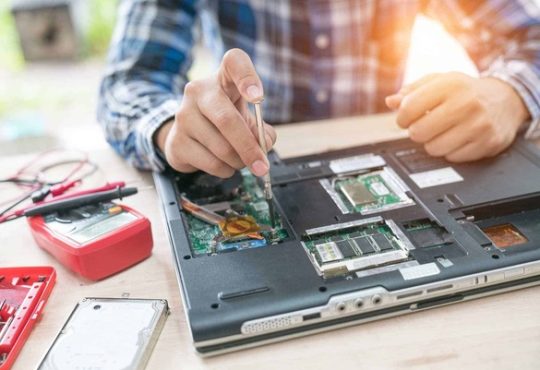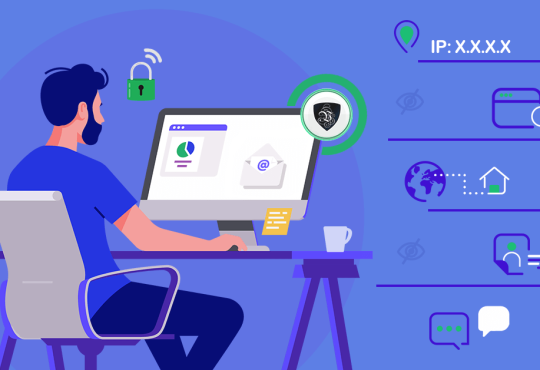
Memes, tweets, digital works … Understand how people use NFT to buy and sell these items for millions of dollars.
Once upon a time there was a pixelated kitten, which flew through outer space to the sound of a gum song followed by a rainbow. His name was Nyan Cat – a meme that was quite successful about 10 years ago. In February 2021, it made news for a peculiar reason: it was sold for a trifle of $ 590,000.
What do you mean, a meme was sold? Gone from the internet?
No. If you type “Nyan Cat” on Google now, you will find images, gifs, videos, everything is normal. That’s because what was bought in this transaction is not any and all Nyan Cat out there, but the original.
Think about it like this: if you were to buy the Mona Lisa, you would be paying for the original painting. The one that hangs in the museum, with a certificate of authenticity, considered by experts as the true and original Mona Lisa.
But that does not mean that there are no replicas and versions of the Mona Lisa out there. Your neighbor may have a poster of her hanging on the wall, your mother may have a postcard with the picture of the painting, a friend may have gone to the Louvre Museum and taken a picture of her.
But the original Mona Lisa is unique. This one you will have.
The same thing goes for those who bought the Nyan Cat meme. There are countless replicas of that meme. But the original, the one that gave rise to all the copies, belongs only to the buyer.
But how do you ensure that what is being purchased is the original meme?
What allows this is something called NFT.
What is NFT?
So what is NFT? – NFT is an acronym for non-fungible token – or non-fungible token. Simply, NFT is a computer code that serves as the authentication of a file – the guarantee that it is unique.
That is the meaning of non-fungible, incidentally. In the economy, fungible assets are those whose units can be exchanged without changing the value.
For example: you can exchange a $ 50 bill for five reais $ 10 bills and they will continue to be worth the same thing.
A non-fungible asset, on the other hand, has properties unique to it, no other is the same. There is only one Mona Lisa – there may be copies, versions, but that picture, with those characteristics and that value is unique. You can’t trade the Mona Lisa for any other painting and say that they are equivalent, right?
The NFT, therefore, is that token, or key, completely unique that is sold next to the file and guarantees its authenticity.
That is: the person who bought the Nyan Cat did not receive a gif of the kitten or the link to the video. She received the original meme file with the NFT, the code that guarantees its exclusivity.
In April, it was announced that the video “Leave Britney Alone”, a 2007 meme, was sold as an NFT for almost $ 45,000. But before that, in February, a deal rocked the art world: a digital collage by American artist Beeple was sold for more than $ 69 million at an auction.
This work does not exist physically. The buyer received an encrypted file with the original image and lines of code from the NFT. As each NFT is completely unique, it serves as a certificate of ownership and authenticity. It is as if he had the authentic Mona Lisa – if the Mona Lisa only existed inside the computer.
How does the purchase and sale of NFTs work?
It is not enough to make a Pix for the seller. NFT transactions take place through a technology called blockchain.
Simply, the blockchain is a system that allows you to track the sending and receiving of some types of information over the internet. They are pieces of code generated online that carry connected information.
It is this system that allows the transaction criptomoedas – like bitcoin, for example.
Basically, every time there is a movement, it is registered in a kind of official document, maintained by thousands of computers around the world and that can be accessed by anyone.
Why does it matter? Because the main value of NFTs is based on the confidence of authenticity. This collective and easily accessible record makes the task of defrauding purchase and sale information more difficult. The possession of the NFTs keeps all the computed history.
Nowadays, the most common NFTs are marketed through the Ethereum network, one of the most famous cryptocurrencies out there.
Why buy something that can be seen for free?
The answer to that depends on the value you attach to originality. Is seeing the original Mona Lisa the same as seeing a replica hanging on your wall? For some people, it may even be.
The point is that digital pieces have always been very easy to copy and replicate. Most creators never make any money from what they did.
NFTs change this scenario. It can still be easy to copy an image or video, but the NFT itself, that unique code with registered purchase and sale, is unique.
The digital collage of Beeple can be seen on Google in the same way as the Mona Lisa. But the owner knows that his is the original.
This creates scarcity. And, for the market, when something is scarce and society attaches value, negotiations become more competitive.
NFTs have great enthusiasts and great critics. Some investors believe that they tend to appreciate, while others argue that, at some point, the market will no longer see value.
After all, value is relative. And money increasingly takes on unique and original forms. Even an internet meme can be worth millions.
NFTs and the environmental issue
A major concern surrounding the new NFT market and its dramatic growth has been the environmental impact of this system.
The more a digital currency is used, the more it needs computers to validate its transactions and to mine more values.
Today, bitcoin, the world’s most widely used digital currency, has hundreds of farms spread across the planet. They are warehouses with thousands of processors looking to find more valid currency codes and validating transactions, within the protocol of the BTC network.
This large number of computers connected daily uninterrupted ends up consuming large amounts of energy. To give you an idea, BTC today consumes 0.6% of all the energy in the world, more than all the residents of Argentina combined.
Therefore, many people are aware of the dangers of the growth of the cryptocurrency market. There are now a few different systems, such as staking, which require less processing capacity to validate processes. But it is still difficult to see a reduction in energy consumption in the cryptocurrency market.
The blockchain system promises to affect the world of the economy, as it has already changed, of intellectual and digital property.
How it is changing, and will even extend its claws, to the way we consume and produce energy and even to our democracy.
Therefore, it is good to keep an eye on not only what NFT is, but how the whole cryptocurrency model is going to change our lives in the near future than we imagine.




